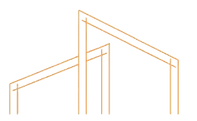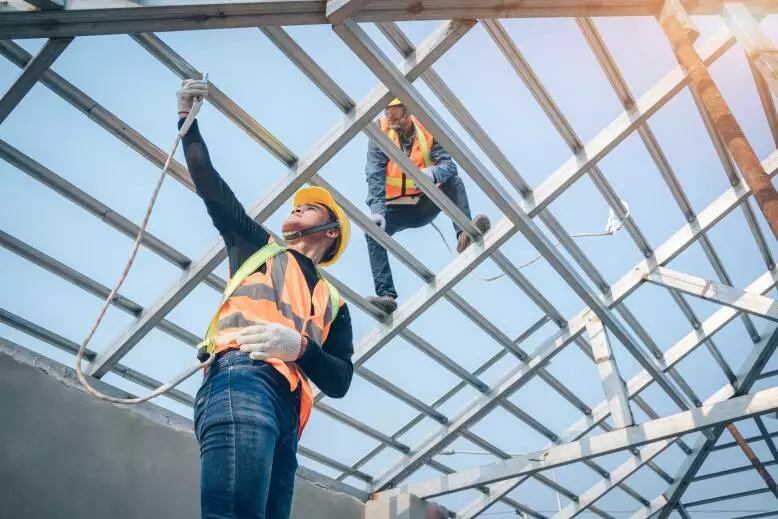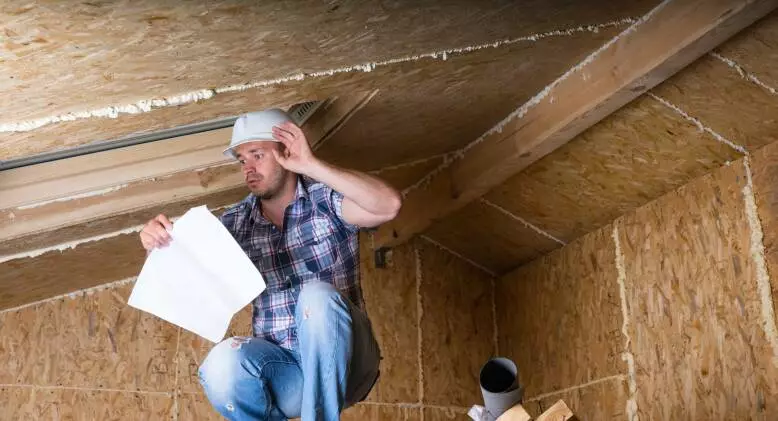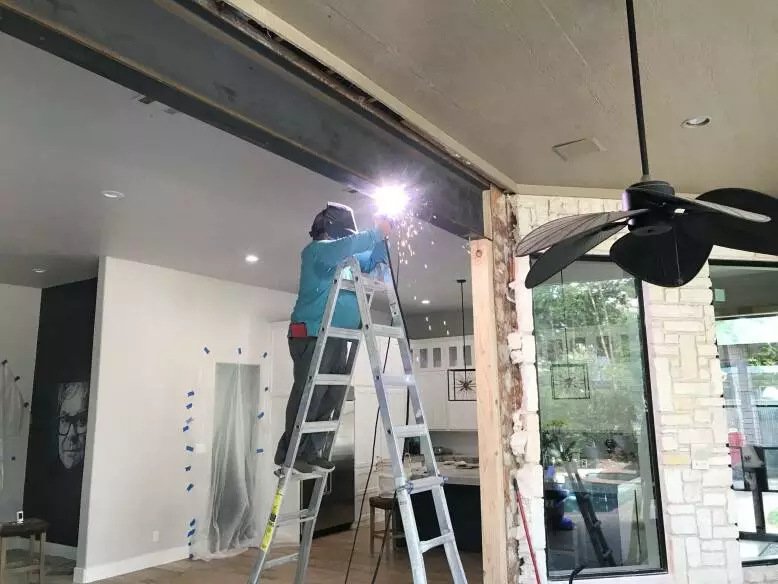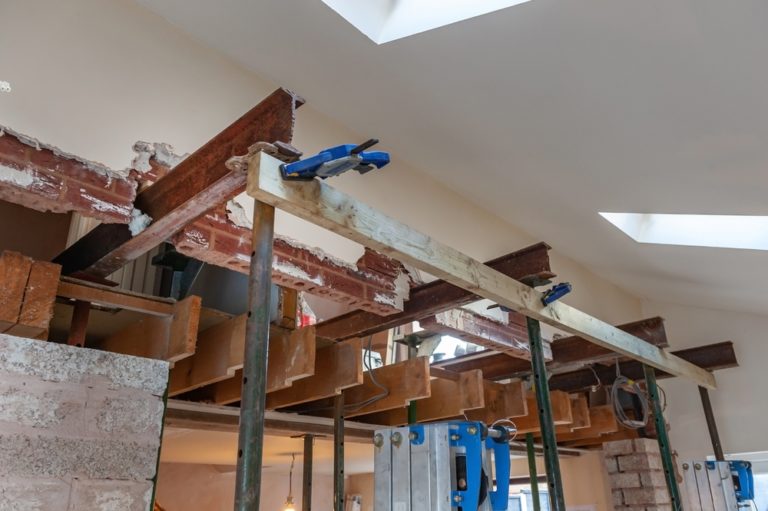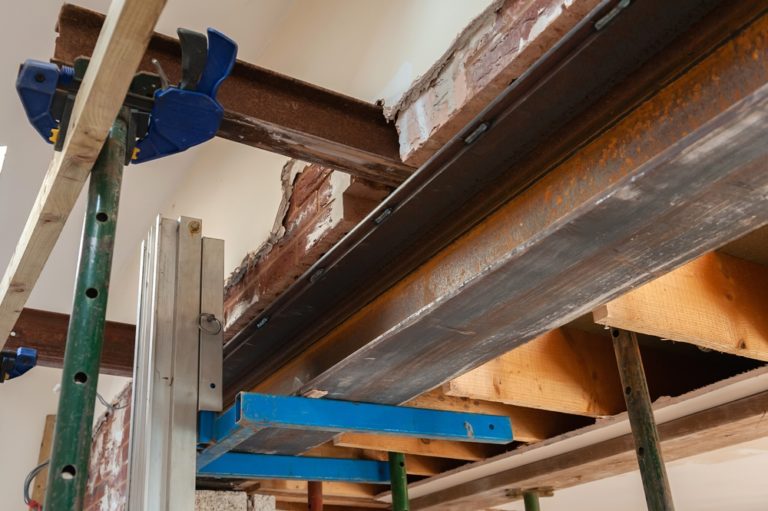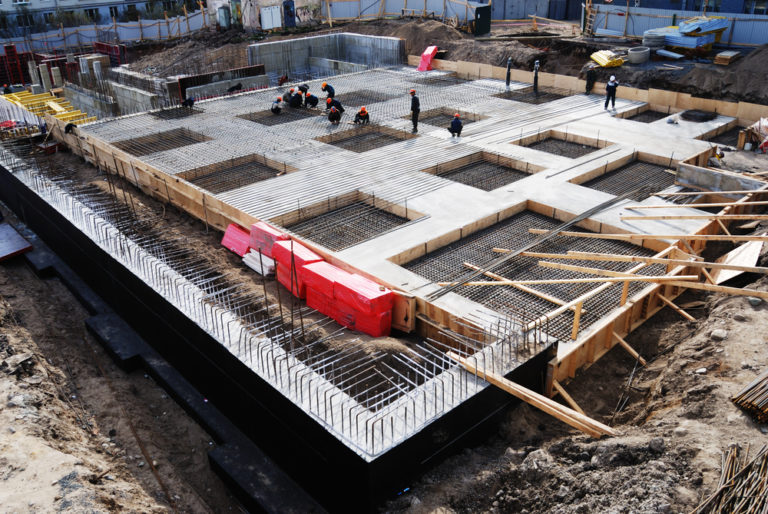Gabion retaining walls, an innovative and increasingly popular construction approach, blend functionality with aesthetics, offering an eco-friendly solution to soil stabilization and erosion control, particularly near water bodies. The term “gabion” indeed comes from the Latin word for cage, which is a fitting descriptor for the fundamental structure of these walls.
What are Gabion Retaining Walls?
Gabion walls are essentially composed of metal cages or baskets filled with rocks, stones, or sometimes concrete or other durable materials. These cages are typically made of sturdy, corrosion-resistant steel wire. The choice of materials to fill the cages varies based on several factors, including the intended use of the wall, environmental conditions, and aesthetic considerations.
The design of gabion walls is crucial and should ideally be overseen by a structural engineer. This ensures that the wall is not only structurally sound and capable of withstanding environmental pressures but also suits the specific needs of the site.
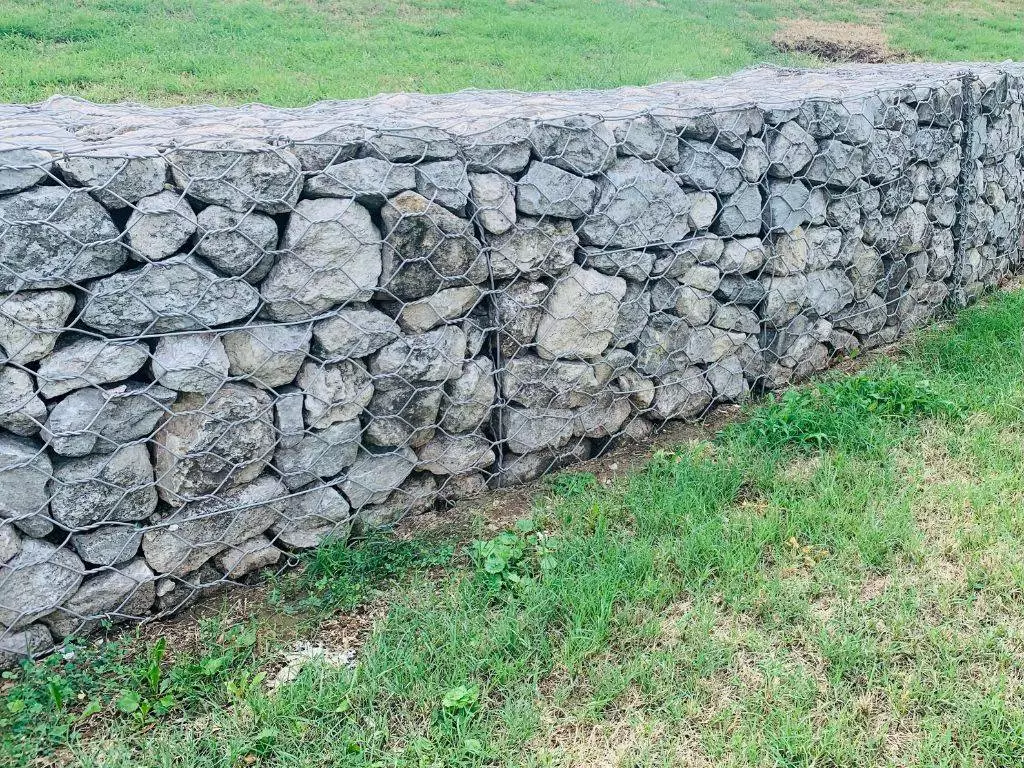
Why People Choose Gabion Retaining Walls
One of the standout features of gabion walls is their flexibility. Unlike rigid structures, they can conform to ground movement, making them particularly effective in areas prone to erosion or with unstable soil. This flexibility also allows for a certain degree of creativity in design, making them a favorite in modern architectural landscaping.
Moreover, gabion walls are environmentally friendly. The gaps between the rocks allow water to permeate, reducing water runoff and allowing for natural filtration. This feature makes them an excellent choice for locations near water bodies like riverbanks or shorelines.
In addition to their practical benefits, gabion walls have a unique aesthetic appeal. They can be constructed with a stepped or smooth front face, and the choice of materials can significantly influence their appearance. The natural look of the stones often blends seamlessly with the surrounding landscape, making gabion walls a visually pleasing option for parks, gardens, and residential areas.
Compared to some other retaining wall structures, gabion walls are cost-effective. They require less intensive labor and use readily available materials. Their permeability is another advantage, as it helps in managing water drainage and reduces the pressure exerted by water on the structure.
Gabion Retaining Wall Design
Gabion retaining wall design refers to the process of planning and constructing retaining walls using gabions, which are essentially wire cages filled with rock, concrete, or other materials. This design approach is both functional and aesthetic, offering unique advantages in various construction scenarios, especially in landscaping and erosion control projects.
Key Aspects of Gabion Retaining Wall Design:
1. Understanding the Purpose:
- Erosion Control: Gabion walls are often used to stabilize slopes and prevent soil erosion, particularly near water bodies like rivers or coastal areas.
- Landscaping: Due to their natural and rustic appearance, they are popular in landscaping, helping to create tiered gardens, terraces, or as decorative features.
2. Material Selection:
- The cages are typically made of galvanized, PVC-coated, or stainless steel wire to resist corrosion.
- The fill material usually consists of rock, stone, or sometimes recycled concrete. The choice of fill material can impact both the structural integrity and aesthetic of the wall.
3. Design Considerations:
- Structural Calculations: It involves determining the size, shape, and configuration of the gabion cages based on the wall’s intended purpose, height, and the nature of the site.
- Aesthetic Choices: The color, size, and type of fill material can be chosen based on the desired look. The wall can have a stepped or smooth front face, influencing its appearance.
4. Site Preparation and Construction:
- Proper site preparation is crucial. The foundation must be stable and capable of supporting the weight of the gabions.
- Construction involves assembling the wire cages on site, placing them in the desired configuration, and then filling them with the selected material.
5. Drainage and Permeability:
- Gabion walls are inherently permeable, allowing water to pass through, which reduces the pressure exerted by retained soil and water on the structure.
- In some designs, additional drainage solutions may be integrated, especially in areas with heavy rainfall or water flow.
6. Involvement of a Structural Engineer:
- A structural engineer’s role is crucial in designing a gabion wall. They ensure the wall is not only visually appealing but also structurally sound, capable of withstanding environmental pressures, and compliant with local building codes.
Advantages of Gabion Retaining Walls:
- Environmental Friendliness: They promote natural water drainage and can incorporate local stones, reducing transportation needs and environmental impact.
- Aesthetic Flexibility: Offers creative freedom in terms of appearance, blending naturally with the environment.
- Durability and Strength: Provides robust support against soil erosion and slope instability.
- Cost-Effectiveness: Often more affordable than other types of retaining walls, especially in terms of material and labor costs.
Gabion Retaining Wall Design in Dallas Fort Worth
Enhance your Dallas Fort Worth property with Nortex Structural’s expert Gabion Retaining Wall Design. Combining strength, aesthetics, and environmental sustainability, our tailored designs offer more than just support – they transform landscapes. Whether it’s for practical erosion control or adding a modern, natural touch to your property, our team is ready to bring your vision to life. Reach out to Nortex Structural today, and let’s create a lasting impression with a foundation built on expertise and creativity.
